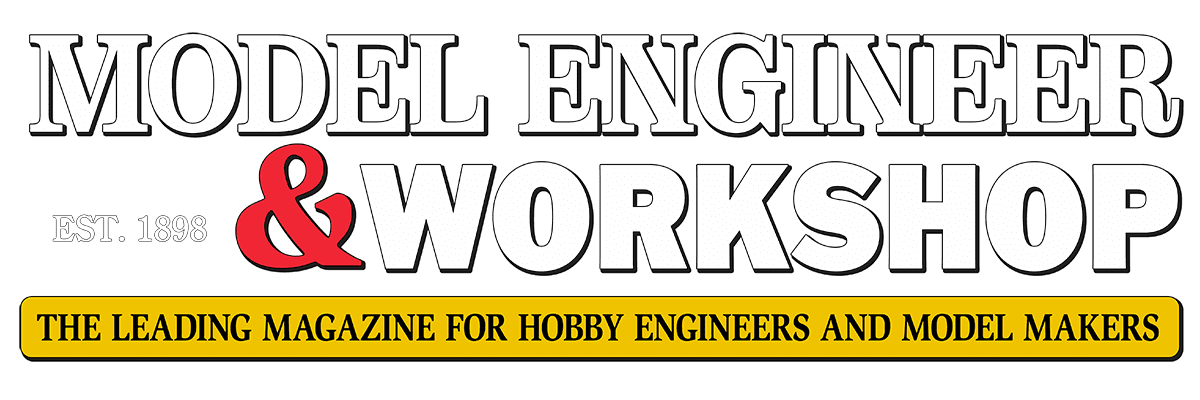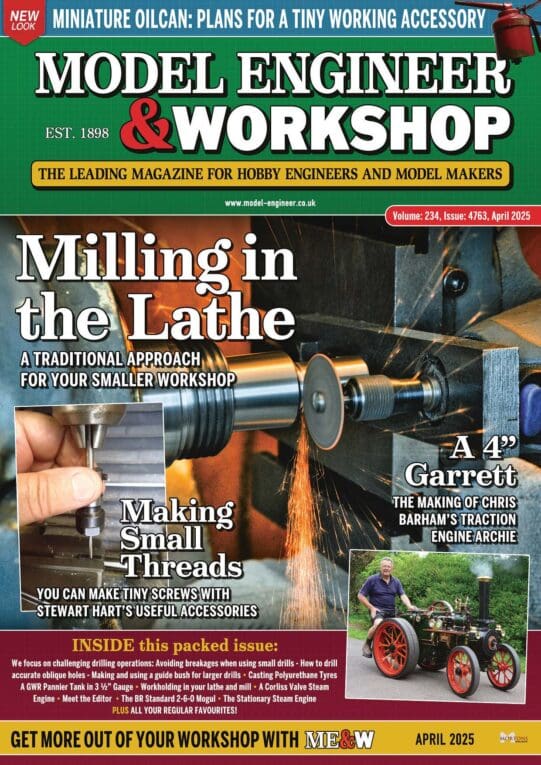Thankyou.
I’d not known there is more to moving an elevation than just creating the box round it and sliding that across the screen.
I could only get one constraint to work, the concentric one, not the face or edge ones. It was as if any of my many attempts prevented the two constraints that seemed necessary. There is more to the Constraints tool than meets the eye. It’s not obvious what you are really supposed to do nor what conditions are necessary for it to work, as I’ve often hit “over-constrained” or other snags.
.
There were also unexpected difficulties with putting Parts in the Assembly drawing, yet I’m sure I was doing everything as it should be.
It was as if the command could not find the files easily. That would not have surprised me given the way Microsoft has interfered with my computer. (The Seattle Cowboys insist on putting everything on their blasted OneDrive, and the local filing-system that was very good from Ws 5 to 7, is now very scrappy.)
The dimension errors did not show until I’d dimensioned the drawing.
The first was my arithmetical mistake, but I could not change the drawing. I discovered an ‘Edit’ tool but that simply wrote the new value above the old, giving two numbers on the arrow! I returned to the Part drawing but didn’t know or couldn’t remember if you can change it, or how. So had no choice but to start again, which also allowed me to draw it so it lay horizontally, not vertically.
The second, that 0.005″ error, stems from my being unable to constrain the two parts properly. It’s not obvious what you are really supposed to do.
.
I have now put the relevant components as made, loosely together to determine what effects the original mistake and my proposed work-round may have. It seems my approach would be fine.
.
My version of your simple drawing-board, probably by a different maker, will take an A3 sheet, but it’s very low-quality, fragile, awkward to use, and its rule does not move smoothly and easily. I think that type is intended for simple geometrical constructions and art, perhaps teaching basic technical-drawing. These plastic boards are adequate for that but not serious engineering drawing. A plain, loose T-square etc. would be easier.
.
By the way, the only A-Level I gained in school was in Technical Drawing!
I have text-books on engineering-drawing, dating from the 1930s. It’s rather sobering that these have not gone out of date anything like the way IT-related texts do within only a decade or so. Yes, we use mm not inches professionally or by choice – despite the schools and rag-trade insisting on cm – and the physicalities of engineering have developed greatly over the years, but the principles of technical-drawing have not dated in more than details such as symbols developed for newer manufacturing methods.
Nigel Graham 2.




